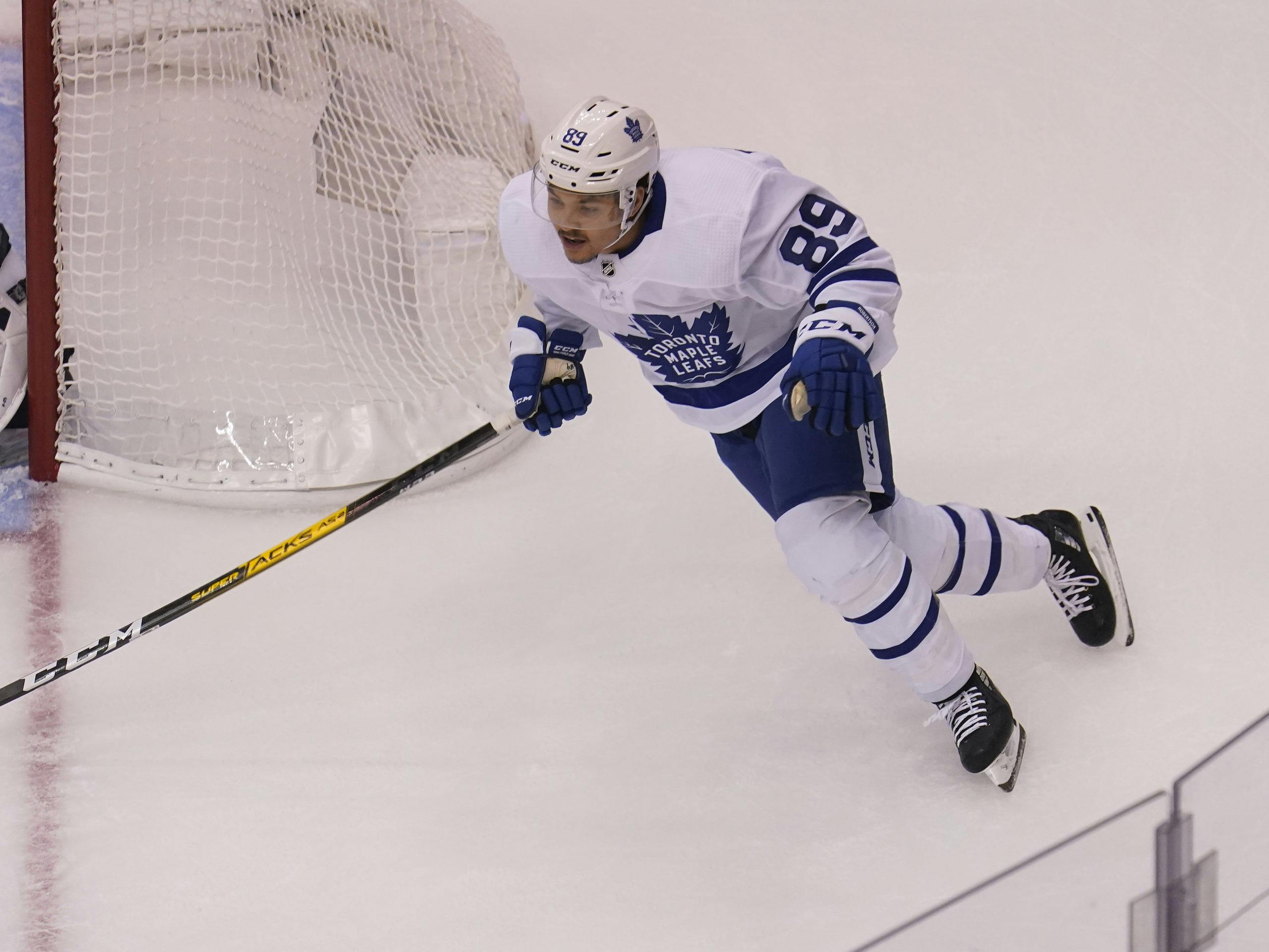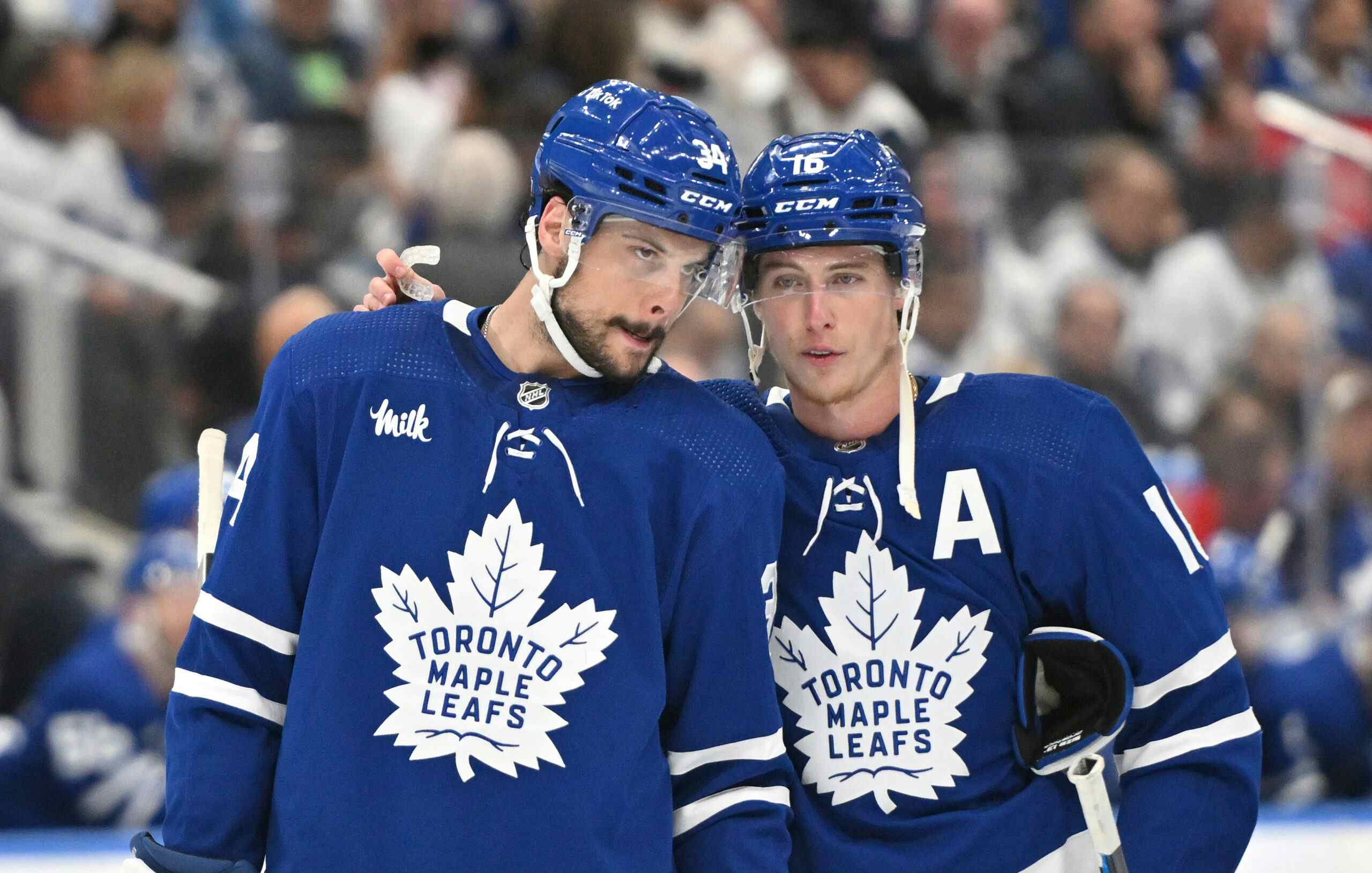A non-contact OHL cannot be Plan B for Nick Robertson

By Mark Norman
3 years agoA stir was created Friday night when the Canadian Press put an article out over the wire saying no bodychecking will be allowed in upcoming OHL season. The article confirmed these plans with current Minister of Tourism, Culture & Sports (and former Minister of Abandoning Autistic Children) Lisa MacLeod, who said that ‘removing purposeful physical contact from the game was a necessary step to preventing the spread of COVID-19.’ While many, including the Bobfather, were quick to point out that even contact-less hockey does not lend itself to avoiding close-quarters interaction, MacLeod was steadfast in her assertion that this was a necessary step in ensuring a safe return to play and that this was “not a negotiation”. (Update: Ontario Premier Doug Ford later tweeted that this was, indeed, an ongoing discussion and that the hope is the OHL could return with bodychecking, but who knows at this point considering the conflicting messages.)
Naturally, this made us think of “how does this impact the Leafs?”, which lead us to the question of what to do with @Nicholas Robertson this year. A quick perusal of most Leafs fans’ mock rosters for the upcoming season has Nick Robertson making the team, but Chris Johnston cast some doubt on that possibility on a recent appearance on the Steve Dangle Podcast:
“…one thing [Kyle Dubas] also said is [the Leafs] may carry a 20-man roster and so if you take this down to a 20-man roster, I think even with [whatever] Mikheyev … and Dermott sign for, and look I think they’re both somewhere in the million dollar range on a short-term deal, I think you can make the numbers work. But what that’s going to mean is they’re going to have to put players on waivers, they’re going to send waiver-exempt guys down, it might mean that Nick Robertson isn’t part of this roster next year at least to start or as a full-time member. I mean there’s still some unknowns since we don’t totally know what the American Hockey League is going to look like, I don’t know if the Ontario Hockey League is going to get up and running as it intends to in January and so that might affect how you handle someone like Robertson…”
The fact of the matter is that a flat salary cap means things are going to be tight this season and the Leafs are going to have to make some tough choices up front that they hadn’t anticipated earlier this year. In terms of “locks” up front, the Leafs have:
- Auston Matthews
- John Tavares
- Mitch Marner
- William Nylander
- Alexander Kerfoot
- Zach Hyman
- Ilya Mikheyev
- Wayne Simmonds
- Jimmy Vesey
- Jason Spezza
- Joe Thornton
Assuming 2G (Andersen & Campbell) and 7D (Muzzin, Rielly, Brodie, Holl, Lehtonen, Bogosian, Dermott), these 11 forwards bring the Leafs to a 20-man roster totalling $80,106,825, meaning the team would have $1,393,175 in cap space to fill out the rest of the roster after demoting Pierre Engvall. Robertson would be part of the following collection of forwards vying for 1 or 2 forward spots, assuming the Leafs want a full four lines plus a spare (if possible):
| Player | Waiver Status | AAV | NHL Cap Hit if buried |
| Pierre Engvall | Exempt | $1,250,000 | $175,000 |
| Alexander Barabanov | Exempt | $925,000 | $0 |
| Yegor Korshkov | Exempt | $925,000 | $0 |
| Nick Robertson | Exempt | $821,667 | $0 |
| Nic Petan | Eligible | $775,000 | $0 |
| Joey Anderson | Exempt | $750,000 | $0 |
| Adam Brooks | Eligible | $725,000 | $0 |
| Denis Malgin | Eligible | $700,000 | $0 |
| Travis Boyd | Eligible | $700,000 | $0 |
It’s possible the Leafs look to move Pierre Engvall with no salary retained to free up that $175,000 they get hit with for sending him to the minors. This would push the Leafs to $1,568,175 in cap space, which would create ample room for Robertson and another player, but things aren’t that simple. For one, the Leafs likely didn’t sign the highly-sought-after Alexander Barabanov out of the KHL with plans to stash him in the minors. Management showed a lot of faith in Joey Anderson by signing him for three years earlier this week. Denis Malgin is cheap and well-regarded by management and coaches. And of course, the versatile Engvall could end up sticking around and taking up most of the remaining cap space.
So let’s say Robertson is on the outside looking in because of the numbers game and his contract status: what is in his best interests? Robertson has proven himself at the junior level by scoring at a ridiculous 1.2 goals-per-game rate last season, and he acquitted himself well during the Leafs’ qualifying round against Columbus. There’s not much, if anything, left for him to learn at that level. Similar to the Mitch Marner situation prior to the 2016-17 season, Robertson cannot be loaned to the AHL due to an agreement between the NHL and CHL that does not allow players from CHL teams to play in the AHL (or ECHL) until they are 20 years old (by December 31st of that year).
So unless the relevant leagues quickly hammer out some sort of exception to the rule (maybe a once-every-3-years allowance per team for exceptional players?), the AHL is out of the question for Robertson. It is unfortunate as the AHL would absolutely be the best place for Robertson to acclimate to the professional game if the Leafs cannot find room for him on the NHL roster.
That leaves returning to the as-of-now no-bodychecking OHL or a loan to a team in Europe. Neither option is perfect.
There are myriad reasons why the OHL is not a great option, from the aforementioned lack of clear benefit to returning Robertson to a level of hockey he has already shown capable of dominating, to the fact that having him play non-contact hockey for a season is not a great way to prepare him for the physical rigours of professional hockey. Non-contact hockey would also make things very easy for Robertson when they should be getting more challenging: it could lead to the development of bad habits, since hockey played without physical contact could dull a necessary danger recognition element from a player’s thinking. For these reasons, returning Robertson to the OHL is a very sub-optimal option from a development perspective.
Europe could be another option, but the complicating factor there is finding a fit: most European teams are well into their seasons and may not have, or be willing to create, space for additional players on their rosters. The Leafs would also lose some control over Robertson’s development as they would not have the same level of influence around ice time and deployment as they would with the Marlies. This being said, if the Leafs could engineer the right arrangement, this would be the best option of the two non-NHL ones.
There is a final option, and it’s based on a hypothetical: there has been talk that the NHL may implement a “taxi squad” option for next season, which would allow teams to expand their rosters by a few slots. The league has not commented on this possibility so details are scant and many questions need to be answered before we can determine if this is the right move for Robertson: Can these players play in regular season games or are they only allowed to practice? Can they only play in case of emergency injury? How does this impact the cap? Can you swap players in and out of the taxi squad?
In a taxi squad situation, Robertson would at least be getting practice reps with the team and have the opportunity to learn Sheldon Keefe’s system while training alongside NHL players. Depending on the fluidity between the taxi squad and regular squad, the Leafs could even rotate him into the NHL lineup to get him game action. However, there are just too many unknowns about this situation to know if it is a viable option.
While it’s entirely possible that a spot on the Leafs roster is already earmarked for Robertson, it is prudent to evaluate what might be best for him if that was not the case. One thing is for sure: returning Robertson to a hitting-friendly OHL is sub-optimal, but returning him to a hitting-free OHL is downright senseless.
Recent articles from Mark Norman





